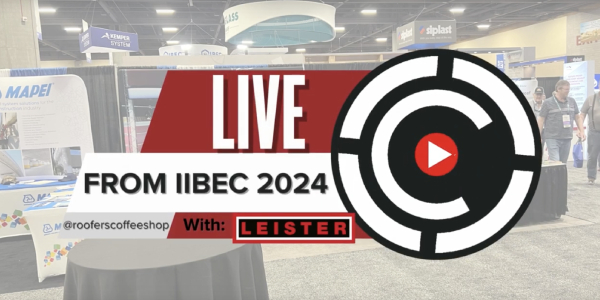Polyiso: The champion in low-slope roof insulation

By Mule-Hide.
The clear choice for insulation in roofing systems is polyiso. Learn more about its benefits and why it offers the best flexibility and efficiency for construction projects.
Insulation acts as a critical barrier in low-slope roofs to keep a building protected against the varying outdoor temperatures. It can reduce energy costs while ensuring the comfort of the occupants, keeping buildings cool in the summer and warm in the winter. However, when choosing insulation, there are a variety of options to pick from. Polyiso stands out as an industry favorite for its versatility and moisture-resistant properties.
What is polyiso?
Polyiso insulation boards consist of a closed cell polyisocyanurate foam core sandwiched between two facer sheets. The closed-cell structure of the foam – in which the cells are pressed tightly together – prevents air and moisture from permeating the foam and makes the board rigid.
A versatile solution
Polyiso boards are at home on virtually any low-slope roof. They can be used in new construction, to recover an existing roof, or as part of a full tear-off and replacement. They are compatible with modified bitumen and single-ply membranes and the accessories used with them. They are approved for inclusion in fully adhered, mechanically attached and ballasted single-ply systems.
Boards are available in a range of thicknesses and compressive strengths and can be layered, providing tremendous flexibility in designing a system to meet a project’s specific needs. Flat panels are appropriate when the roof already has adequate drainage, and tapered systems can be designed to provide additional drainage where necessary.
Highest R-value
Inch-for-inch, polyiso delivers the highest R-Value. As shown in this chart from the Certified Commercial Property Inspectors Association, at a mean temperature of 75 F, it has an R-Value of 5.6 to 6.7 per inch, compared to 5.0 to 5.6 per inch for XPS, 3.9 to 4.7 per inch for EPS, and 3.6 to 6.7 per inch for SPF.
Excellent moisture resistance
Polyiso’s closed-cell structure makes the boards moisture-resistant. Even boards with standard paper facing outperform EPS boards, which can become saturated quickly, creating a perfect environment for mold to flourish. Add glass facing to polyiso boards, and moisture has an even harder time finding its way in.
Options for any project
Mule-Hide Products offers flat and tapered polyiso insulation boards to meet the needs of any project. Boards are available in various thicknesses in compressive strengths of 20 psi and 25 psi. All feature a closed-cell polyiso foam core laminated to heavy (non-asphaltic) glass fiber-reinforced felt facers to provide maximum moisture resistance.
Original article source: Mule-Hide
Learn more about Mule-Hide Products in their Coffee Shop Directory or visit www.mulehide.com.























Comments
Leave a Reply
Have an account? Login to leave a comment!
Sign In